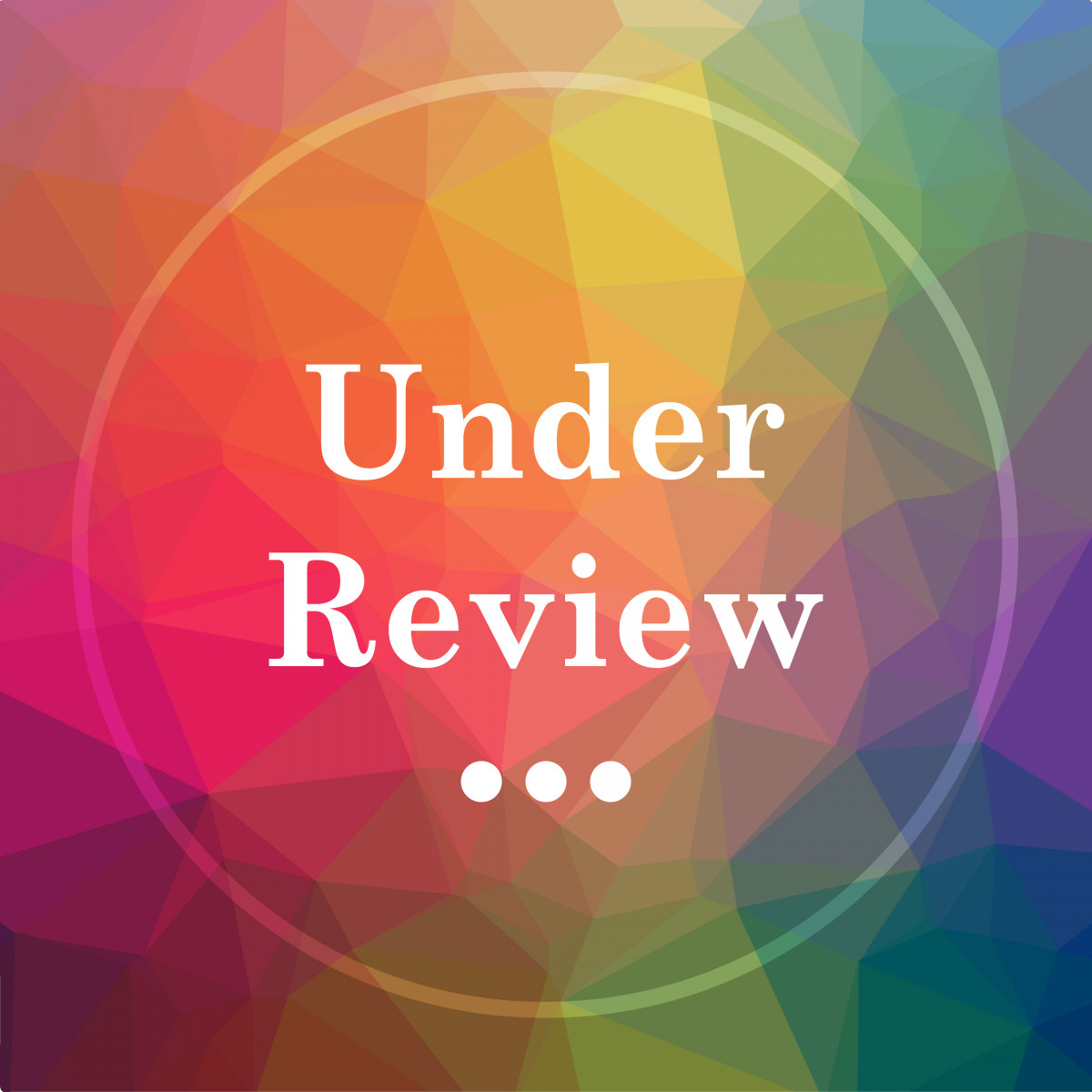FDA Committee Seeks Feedback on Avacopan Ahead of Public Meeting
Written by |

A committee of the U.S. Food and Drug Administration (FDA) is holding a public meeting to discuss the potential approval of avacopan for the treatment of ANCA-associated vasculitis (AAV).
During the meeting of the FDA’s Arthritis Advisory Committee, members will review safety and efficacy data of Chemocentryx’s avacopan to provide advice and recommendations on whether this treatment should be approved by the regulatory agency.
The online meeting, which is open to the public, will be held May 6 from 10 a.m. to 4:15 p.m. ET. People interested in sharing their experiences with avacopan can submit electronic or written comments online on this webpage until May 5. Only those submitted until April 22 will be provided to the committee; the remaining will be reviewed by the FDA.
Avacopan (CCX168) is a first-in-class oral small molecule inhibitor of the C5a protein, one of the most potent pro-inflammatory proteins of the complement system.
The complement system is a part of the immune system that normally helps fight infections, but that can contribute to autoimmune disorders like AAV. By blocking C5a, avacopan is thought to ease the inflammation and blood vessel damage caused excess complement activation.
The investigational therapy was previously designated an orphan drug for the treatment of AAV in the U.S. and Europe. It also received a priority medicines designation from the European Medicines Agency (EMA).
These designations are intended to speed up avacopan’s development and review, and to provide regulatory support, financial benefits, and marketing exclusivity for a period of time — seven years in the U.S. and 10 years in Europe — upon approval.
Currently, the treatment is being reviewed by the FDA for the treatment of AAV, and by the EMA for two disease subtypes, granulomatosis with polyangiitis (GPA) and microscopic polyangiitis (MPA).
The applications were based on data from the ADVOCATE Phase 3 trial (NCT02994927), which investigated the safety and efficacy of avacopan, compared with the corticosteroid prednisone, in adults with GPA and MPA.
A total of 331 patients were assigned randomly to receive avacopan or standard treatment with prednisone for about one year. All patients also received standard immunosuppressive medications — rituximab or cyclophosphamide, followed by azathioprine.
As conventional steroid therapy is often associated with side effects, the study sought to determine if avacopan could be used as an alternative, with fewer side effects.
Results showed that the proportion of patients who achieved remission after 26 weeks (about six months) on treatment was similar in both the avacopan and prednisone groups (72.3% and 70.1%). Remission was defined as a score of 0 on the Birmingham Vasculitis Activity Score, and no steroid therapy for at least the previous four weeks.
While avacopan was at least as good as prednisone at inducing remission, additional data showed that significantly more people in the avacopan group were still in remission after 52 weeks (65.7% vs. 54.9%).
Also, significantly fewer patients on avacopan experienced a relapse one year after remission than did those on prednisone (10% vs. 21%), representing a 54% reduction in relapse risk.
Participants treated with avacopan also showed significantly greater improvements in kidney function and health-related quality of life, compared with those receiving prednisone.
Avacopan was generally well-tolerated and associated with less steroid-associated toxicity, consistent with more steroids being used in the prednisone group.
ChemoCentryx holds commercial rights to avacopan in the U.S., while Vifor Pharma owns and retains the medication’s commercial rights for nearly all other countries. In Japan, avacopan’s development and commercial rights have been sub-licensed to Kissei Pharmaceutical.





